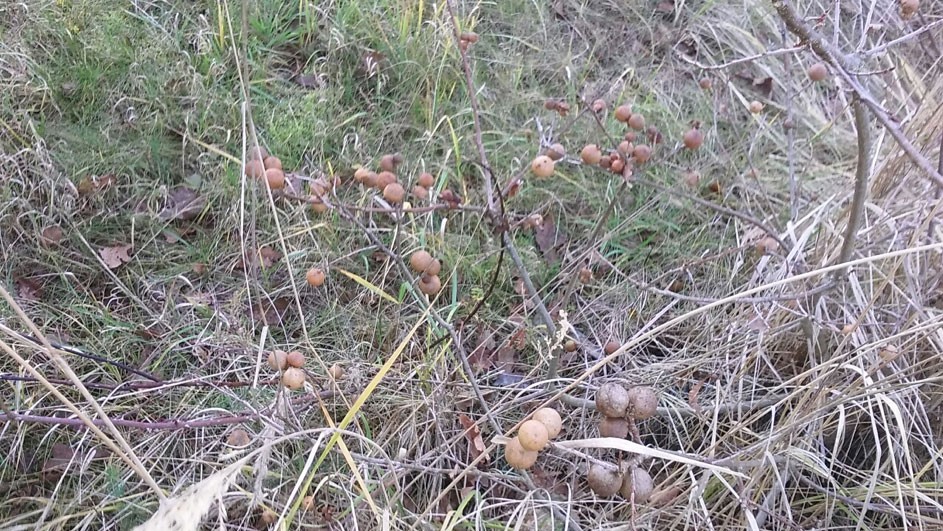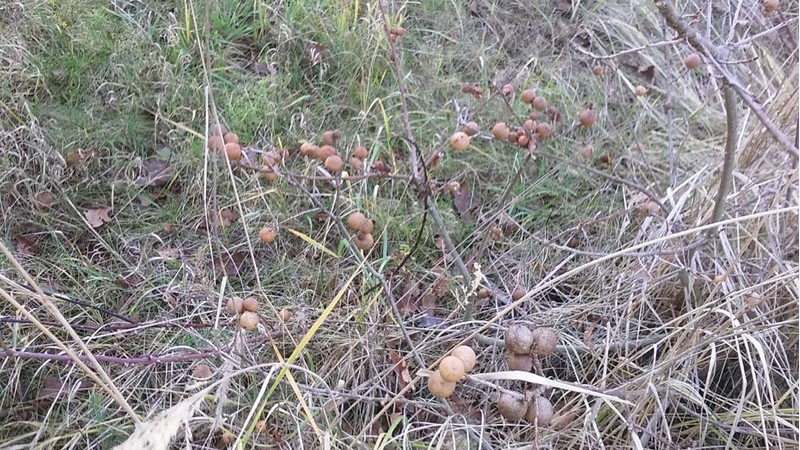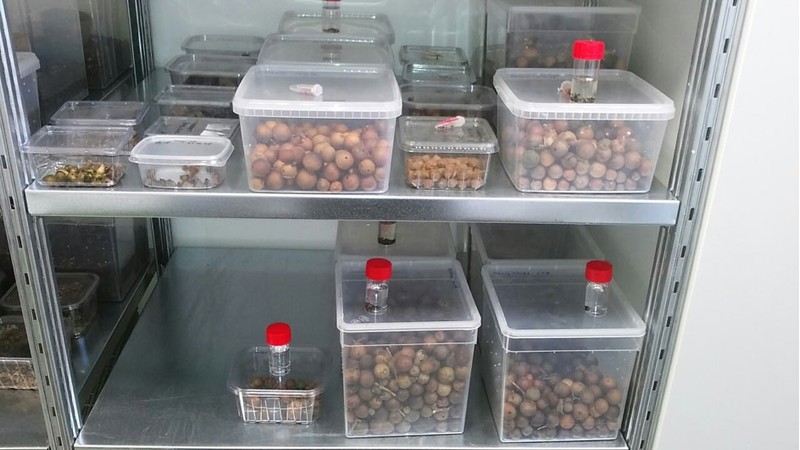Invertebrates using old oak galls induced by Andricus kollari

Faculty of Science UHK
Project Description
Gall waps of the family Cynipidae make a variety of usually round or cup-shaped galls on branches or leaves of plants, mainly oaks (Quercus). For instance, some common species of the genus Andricus Hartig, 1840, often form big round-shaped galls on branches of oaks. Janvier (1961) and Blösch (2000) reported several species of digger wasps, especially of the genus Pemphredon Latreille, 1796, using these galls as cavities for their nesting. Experiments Experiments carried out by several researchers (the only published is by Blommers 2008) have shown that very rare species supposed to be nearly impossible to be recorded in the field can be reared from these galls, especially from those of Andricus kollari and Andricus hungaricus.

Little oaks at verges of highway the D11 host plenty of galls of Andricus kollari. Hopefully, they will be full of nests of rare bees and wasps.
The design of our studies of galls of Andricus kollari and A. hungaricus is similar to that of Lipara-induced reed galls. We would like to reveal what species of bees and wasps (and also other invertebrates) utilize old galls of these species for nesting and over-wintering. Our studies will be focused especially on bees and wasps, spiders, ants, and other groups of invertebrates present in old galls. We would also like to study the structure of nests and the morphology of mature larvae of these usually very rare species.

Galls in a laboratory, they are prepared for rearing.
Duration of the studies: Since 2017. Now we are at the starting point, having collected thousands of galls, but with the analyses still pending. No studies have been published yet.
Project supervisor
Section navigation: Topics

